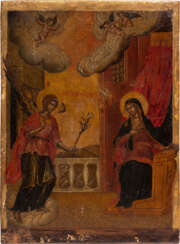1631



Abraham Brueghel was a Flemish painter from the famous Brueghel family of artists. He emigrated at a young age to Italy where he played an important role in the development of the style of decorative Baroque still lifes.


Antonio Zanchi, a distinguished Italian Baroque painter, was renowned for his dynamic and emotionally charged artworks, primarily active in Venice from 1631 to 1722. Born in Este, Antonio Zanchi's artistic journey began under the guidance of Giacomo Predali and later Francesco Ruschi, which led him to Venice where he was deeply influenced by Tintoretto and the Roman painter Francesco Ruschi. His artworks are celebrated for their dramatic realism and effective use of chiaroscuro, embodying the Baroque's intensity and passion.
Antonio Zanchi's portfolio spans a variety of subjects, including religious and mythological scenes, that showcase his robust style and attention to emotional depth. Noteworthy works include his depiction of the Plague of Venice and the ceiling painting of the Crowning of the Virgin Mary with St. Girolamo Miani in Venice's Patriarchal Seminary. His influence extended beyond his lifetime, with pupils like Francesco Trevisani and Antonio Molinari carrying on his artistic legacy.
For collectors and art enthusiasts, Antonio Zanchi's works offer a glimpse into the Venetian Baroque's rich tapestry, reflecting the era's artistic vigor and complexity. His paintings, found in various Italian cities and even in Bavaria, continue to be revered for their compelling narratives and artistic mastery.
For those interested in staying updated on Antonio Zanchi's works and related events, subscribing for updates can provide valuable insights into upcoming sales and exhibitions, ensuring enthusiasts remain connected to Zanchi's enduring artistic influence.


Abraham Brueghel was a Flemish painter from the famous Brueghel family of artists. He emigrated at a young age to Italy where he played an important role in the development of the style of decorative Baroque still lifes.


Abraham Brueghel was a Flemish painter from the famous Brueghel family of artists. He emigrated at a young age to Italy where he played an important role in the development of the style of decorative Baroque still lifes.


Abraham Brueghel was a Flemish painter from the famous Brueghel family of artists. He emigrated at a young age to Italy where he played an important role in the development of the style of decorative Baroque still lifes.

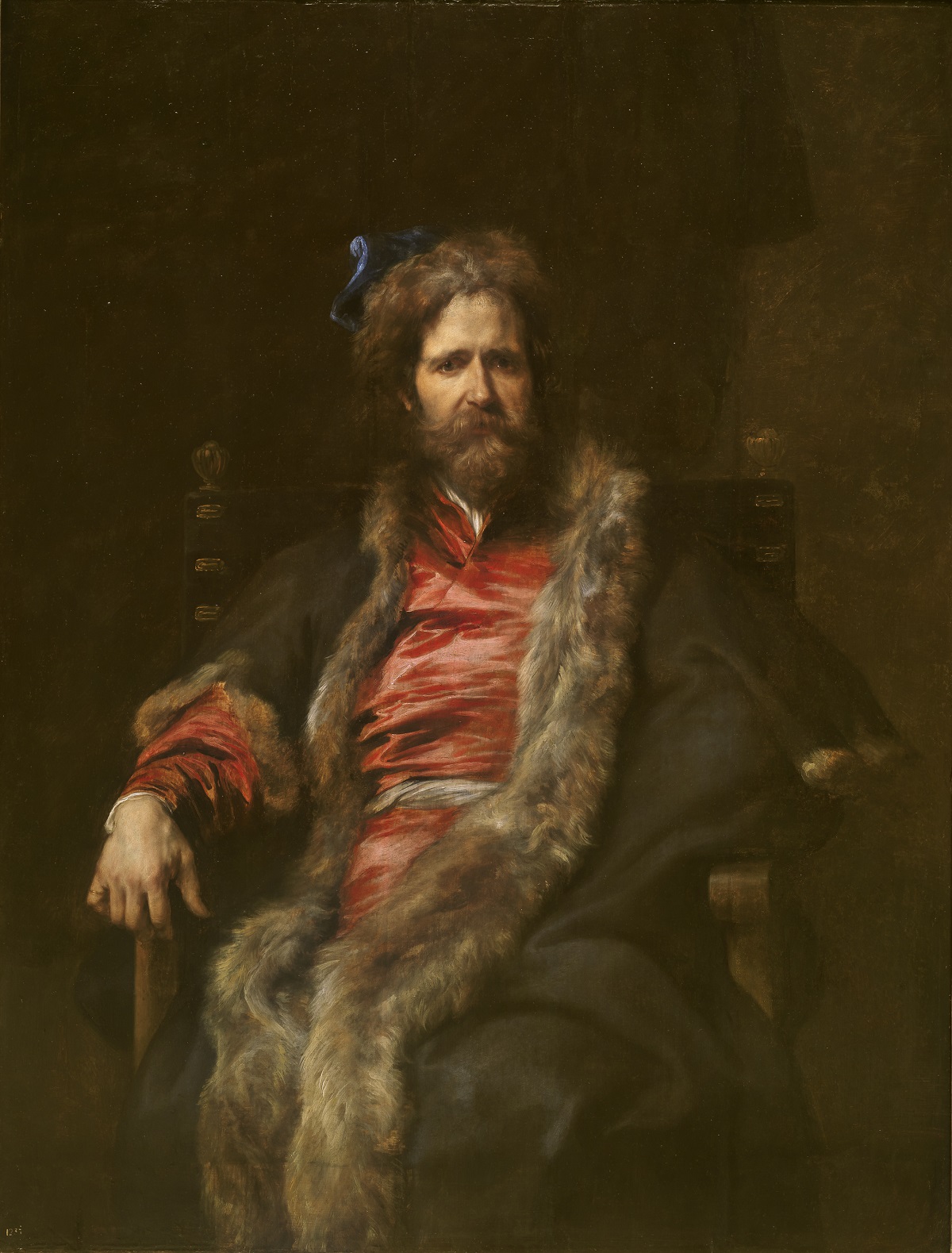
Marten Rijckaert was a Flemish Baroque painter, famous for his landscapes in the Italian manner.
Marten Rijckaert was a pupil of Tobias Verhacht. He was registered as a master at the Antwerp Guild of St Luke's in 1607. Reikart was a close friend of Antonis van Dyck.
His work is characterised by rocky forest landscapes, often with waterfalls, ruins and architecture. These Italian landscapes are close to the works of Flemish painter Paul Brill, and the panoramic concept of his compositions owes a debt to the works of Jan Brueghel the Elder.


Abraham Brueghel was a Flemish painter from the famous Brueghel family of artists. He emigrated at a young age to Italy where he played an important role in the development of the style of decorative Baroque still lifes.

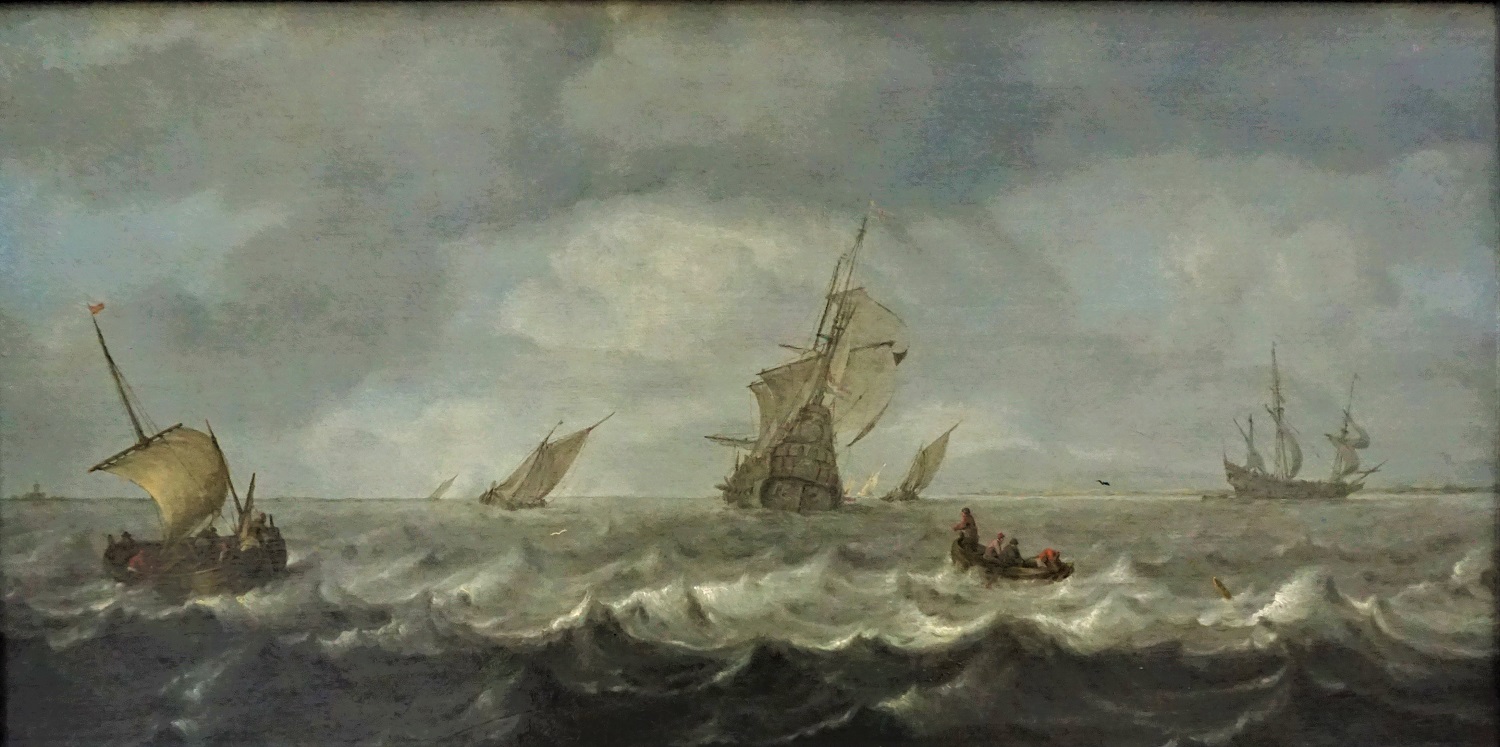
Arnoldus van Anthonissen was a Dutch Golden Age marine painter.




Marten Rijckaert was a Flemish Baroque painter, famous for his landscapes in the Italian manner.
Marten Rijckaert was a pupil of Tobias Verhacht. He was registered as a master at the Antwerp Guild of St Luke's in 1607. Reikart was a close friend of Antonis van Dyck.
His work is characterised by rocky forest landscapes, often with waterfalls, ruins and architecture. These Italian landscapes are close to the works of Flemish painter Paul Brill, and the panoramic concept of his compositions owes a debt to the works of Jan Brueghel the Elder.


Hendrick Goltzius was a German-born Dutch printmaker, draftsman, and painter. He was the leading Dutch engraver of the early Baroque period, or Northern Mannerism, lauded for his sophisticated technique, technical mastership and "exuberance" of his compositions. According to A. Hyatt Mayor, Goltzius "was the last professional engraver who drew with the authority of a good painter and the last who invented many pictures for others to copy". In the middle of his life he also began to produce paintings.
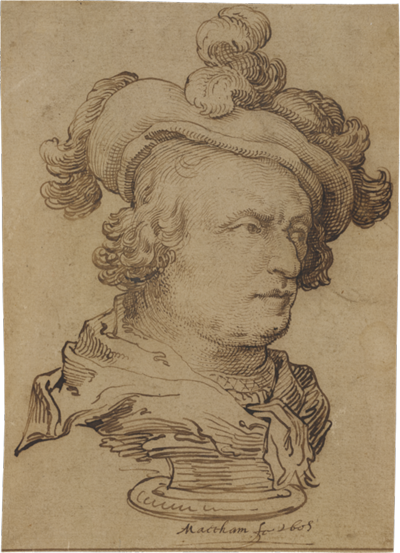


Hendrick Goltzius was a German-born Dutch printmaker, draftsman, and painter. He was the leading Dutch engraver of the early Baroque period, or Northern Mannerism, lauded for his sophisticated technique, technical mastership and "exuberance" of his compositions. According to A. Hyatt Mayor, Goltzius "was the last professional engraver who drew with the authority of a good painter and the last who invented many pictures for others to copy". In the middle of his life he also began to produce paintings.



Anthonius Leemans or Antonie Leemans was a Dutch painter of the Golden Age.
He is the elder brother of the painter Johannes Leemans (1833-1688). Like his brother, Antonie Leemans painted trompe l'oeil, but also mainly on subjects related to hunting. He created still-lifes with hunting trophies and ammunition, and depicted hunters with dogs in camp.


Anthonius Leemans or Antonie Leemans was a Dutch painter of the Golden Age.
He is the elder brother of the painter Johannes Leemans (1833-1688). Like his brother, Antonie Leemans painted trompe l'oeil, but also mainly on subjects related to hunting. He created still-lifes with hunting trophies and ammunition, and depicted hunters with dogs in camp.




Juan van der Hamen y León was a masterful Spanish painter, celebrated for his exquisite still life paintings during the Golden Age of Spanish art. Born in Madrid in 1596 to a Flemish family, his works were highly esteemed by the court and the aristocracy, reflecting his prominent role in Madrid's cultural life. Despite his relatively short life, uan van der Hamen y León left a significant mark on the art world with his detailed and realistic depictions of everyday objects, florals, and food that were so sought after that he established a workshop to meet demand.
Juan van der Hamen y León was not only a pioneer in flower painting but also excelled in portraits, including one of a dwarf that predated Velázquez's similar subjects, showcasing his naturalistic style. His still lifes, characterized by their Flemish influence and meticulous attention to texture and light, brought a new dimension to the genre in Spain. His compositions often featured asymmetrical arrangements of objects on various levels, creating rich, complex spatial constructions that set his work apart.
His religious works, though less known today, along with his portraits, contributed to his fame. One notable portrait series included prominent intellectuals and writers of his era, indicating his close ties with the literary figures of the Spanish Golden Age.
Juan van der Hamen y León's legacy is preserved in major European and American museums, with exhibitions like the one held in 2006 at the Royal Palace of Madrid and the Meadows Museum of Art in Dallas, highlighting his significant contributions to art history.
For collectors and experts in art and antiques, Juan van der Hamen y León's oeuvre represents a crucial intersection of cultural, historical, and artistic excellence. His ability to capture the essence of his subjects with such vivacity and detail continues to captivate audiences today.
To stay informed about new discoveries, sales, and auction events related to Juan van der Hamen y León's works, consider signing up for updates. This subscription ensures that enthusiasts and collectors are kept abreast of opportunities to enrich their collections with pieces by this illustrious artist, deepening their connection to the rich tapestry of Spanish art history.


Marten Rijckaert was a Flemish Baroque painter, famous for his landscapes in the Italian manner.
Marten Rijckaert was a pupil of Tobias Verhacht. He was registered as a master at the Antwerp Guild of St Luke's in 1607. Reikart was a close friend of Antonis van Dyck.
His work is characterised by rocky forest landscapes, often with waterfalls, ruins and architecture. These Italian landscapes are close to the works of Flemish painter Paul Brill, and the panoramic concept of his compositions owes a debt to the works of Jan Brueghel the Elder.


Marten Rijckaert was a Flemish Baroque painter, famous for his landscapes in the Italian manner.
Marten Rijckaert was a pupil of Tobias Verhacht. He was registered as a master at the Antwerp Guild of St Luke's in 1607. Reikart was a close friend of Antonis van Dyck.
His work is characterised by rocky forest landscapes, often with waterfalls, ruins and architecture. These Italian landscapes are close to the works of Flemish painter Paul Brill, and the panoramic concept of his compositions owes a debt to the works of Jan Brueghel the Elder.


Marten Rijckaert was a Flemish Baroque painter, famous for his landscapes in the Italian manner.
Marten Rijckaert was a pupil of Tobias Verhacht. He was registered as a master at the Antwerp Guild of St Luke's in 1607. Reikart was a close friend of Antonis van Dyck.
His work is characterised by rocky forest landscapes, often with waterfalls, ruins and architecture. These Italian landscapes are close to the works of Flemish painter Paul Brill, and the panoramic concept of his compositions owes a debt to the works of Jan Brueghel the Elder.


Marten Rijckaert was a Flemish Baroque painter, famous for his landscapes in the Italian manner.
Marten Rijckaert was a pupil of Tobias Verhacht. He was registered as a master at the Antwerp Guild of St Luke's in 1607. Reikart was a close friend of Antonis van Dyck.
His work is characterised by rocky forest landscapes, often with waterfalls, ruins and architecture. These Italian landscapes are close to the works of Flemish painter Paul Brill, and the panoramic concept of his compositions owes a debt to the works of Jan Brueghel the Elder.


Johann Liss was a German painter of the first third of the 17th century. He is known as a painter, draughtsman and printmaker, who worked in Italy for much of his life, and as the son and namesake of Johann Liss, a painter at the court of the Dukes of Holstein.
Johann Liss worked primarily in the mythological genre. He is considered one of the key artists of the German Baroque and a prominent representative of the Venetian school. Early in his career, the artist traveled to the Netherlands, where he was influenced by a number of Dutch and Flemish masters. Italy inspired him to synthesize Dutch genre painting, Venetian style and Roman realism.
His paintings are in numerous European collections as well as in Russia and the United States.












































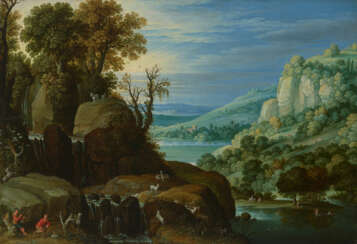













![[Roberto Canonici (1568-1631)]](/assets/image/picture_4734271/340e3/69d06006bde984c67ec589cb829ac1601752012000jpg__fix_374_244.jpeg)
![[Roberto Canonici (1568-1631)]](https://veryimportantlot.com/assets/image/picture_4734271/340e3/69d06006bde984c67ec589cb829ac1601752012000jpg__fix_374_244.jpeg)

